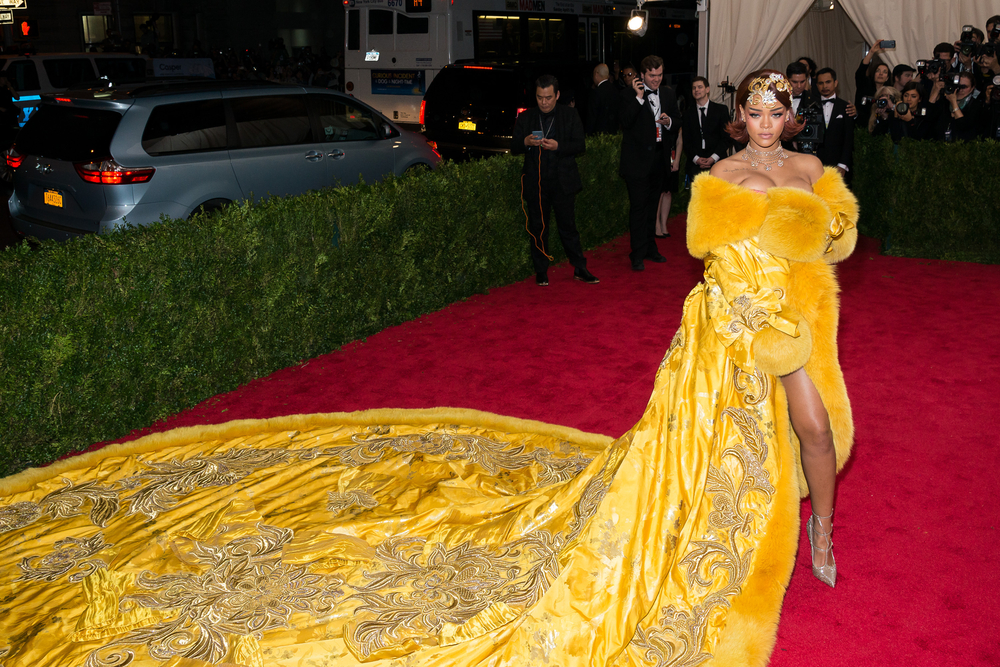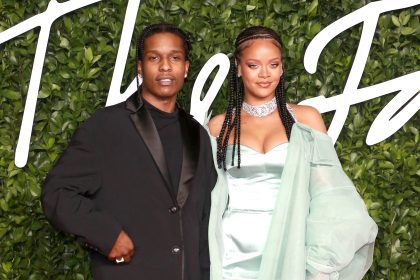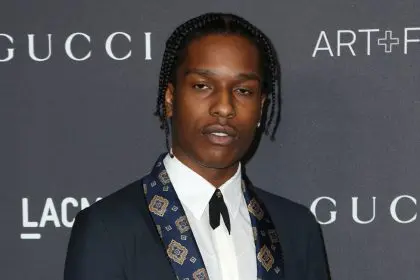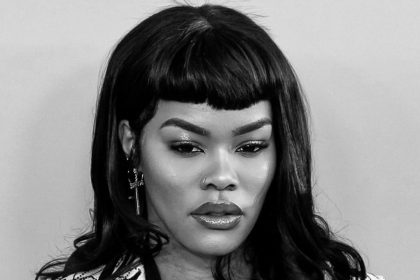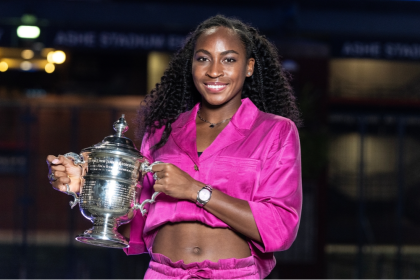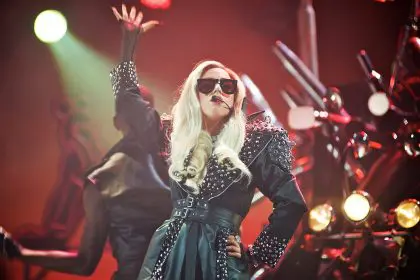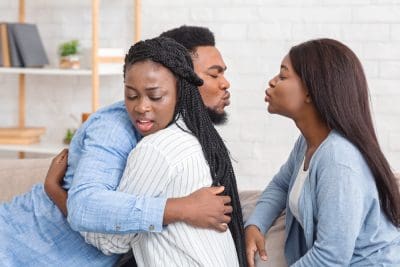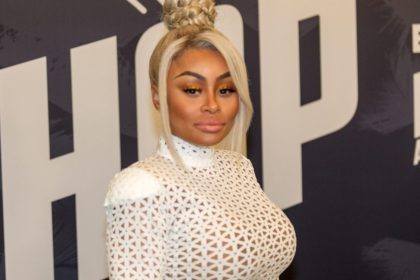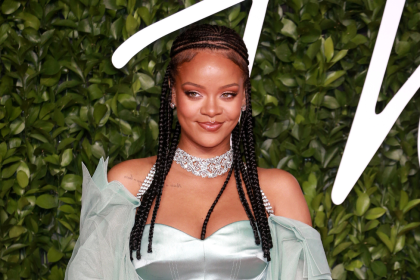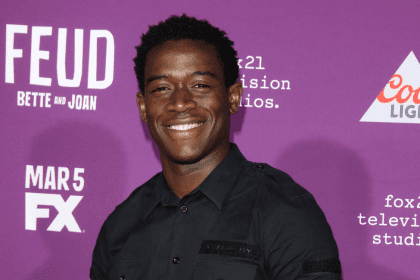Fashion’s most anticipated night approaches as the Metropolitan Museum of Art prepares to host the annual Met Gala on May 5, 2025. The event, known for pushing boundaries and celebrating creative expression, returns with a groundbreaking theme that promises to reshape conversations around fashion, identity and cultural heritage.
The evolution of fashion’s biggest night
The Met Gala has transformed significantly since its humble beginnings in 1948. What started as a midnight dinner with tickets priced at $50 has evolved into an exclusive invitation-only fundraiser that generates millions for the Metropolitan Museum of Art’s Costume Institute.
The cultural impact of this event extends far beyond the marble halls of the museum. Each year, the gala serves as a barometer for contemporary fashion, influencing trends and challenging conventions. The 2025 iteration arrives at a pivotal moment in fashion history, as the industry continues to reckon with issues of representation, sustainability and cultural appreciation.
Anna Wintour, Vogue’s editor-in-chief and the event’s long-standing chairperson, has overseen the gala’s transformation into a global spectacle that merges art, fashion and celebrity in unprecedented ways. Under her stewardship, the event has raised over $200 million for the Costume Institute.
Black excellence takes center stage
The 2025 Met Gala theme, “Superfine: Tailoring Black Style,” represents a watershed moment in the event’s history. Drawing inspiration from academic research on Black dandyism and the styling of Black diasporic identity, the exhibition will explore the profound influence of Black culture on fashion throughout history.
The curatorial vision extends beyond highlighting iconic garments to examining how Black style has consistently challenged and reimagined traditional notions of elegance, rebellion and self-expression. The exhibition, which opens to the public on May 10 and runs through October 16, will feature over 150 items spanning three centuries of fashion history.
The theme arrives amid growing recognition of Black designers, stylists and creative directors who have long shaped the fashion landscape without receiving appropriate acknowledgment. By centering these contributions, the Met Gala takes a significant step toward addressing historical omissions within the industry’s narrative.
A new interpretation of formal attire
This year’s dress code, “Tailored For You,” invites attendees to explore the rich traditions of tailoring through a contemporary lens. The directive encourages guests to embrace menswear-inspired silhouettes while incorporating personal interpretations that reflect their unique perspectives and cultural backgrounds.
Fashion forecasters anticipate a red carpet filled with structural innovations, where traditional suiting elements will be deconstructed and reimagined. Expect to see tailored pieces that challenge gender conventions, incorporate unexpected textiles and embrace technical innovations that push the boundaries of what constitutes formal attire.
The dress code signals a departure from recent years, where theatrical costumes occasionally overshadowed the craftsmanship and historical context that the gala aims to celebrate. This return to tailoring emphasizes precision, intention and the transformative power of a well-constructed garment.
A powerhouse committee
The 2025 Met Gala boasts an impressive roster of co-chairs, including Emmy-winning actor Colman Domingo, music producers A$AP Rocky and Pharrell Williams, and Formula 1 champion Lewis Hamilton. This diverse group brings perspectives from film, music, fashion and sports, reflecting the multidisciplinary nature of contemporary style.
The honorary chair position goes to basketball legend LeBron James, whose influence extends well beyond the court into fashion, business and cultural advocacy. James joins a distinguished list of past honorary chairs, including Rihanna, Beyoncé and Tom Ford.
The honorary committee further amplifies the event’s star power with Olympic gold medalist Simone Biles, Academy Award winner Regina King, basketball phenomenon Angel Reese, R&B icon Usher, filmmaker Spike Lee, NFL player Jonathan Owens, and rising rap star Doechii. This carefully curated group represents excellence across multiple fields, reinforcing the gala’s position at the intersection of fashion, entertainment and cultural influence.
Behind the velvet rope
While the red carpet arrival provides the public with a glimpse of the extravaganza, the main event remains shrouded in mystique. Once guests ascend the iconic steps of the Metropolitan Museum of Art, they enter a world where digital documentation ceases – a rarity in today’s social media landscape.
The evening unfolds in carefully orchestrated stages, beginning with a cocktail reception where attendees can explore the exhibition while engaging in the art of conversation – a skill sometimes overshadowed in our digital age. This is followed by an exquisite dinner crafted by acclaimed chef Kwame Onwuachi, whose menu will likely draw inspiration from the diaspora highlighted in this year’s theme.
The most anticipated aspect of the evening often comes in the form of surprise performances. Previous galas have featured impromptu musical moments from artists like Madonna, Lady Gaga and The Weeknd. Speculation abounds regarding who might take the stage in 2025, with many suggesting that the performance may highlight the musical traditions that have influenced Black style throughout history.
The business of fashion
Beyond the glamour and artistry, the Met Gala represents a significant economic engine for New York City’s fashion industry. The event generates employment opportunities for hundreds of designers, stylists, makeup artists, hairdressers and production staff. A single custom gala ensemble can require hundreds of hours of labor from skilled artisans, resulting in a substantial economic impact.
The ripple effect extends to adjacent industries as well. Hotels, restaurants and transportation services experience increased demand during the gala period. Local businesses benefit from the influx of fashion professionals and media representatives who descend upon the city in the days leading up to the event.
For fashion houses, securing representation on the Met Gala red carpet can translate to measurable benefits in brand recognition and consumer engagement. Studies indicate that brands experience an average 15% increase in social media following and a 22% uptick in website traffic in the 48 hours following the gala when their designs are prominently featured.
A platform for advocacy
In recent years, the Met Gala has evolved into a platform where fashion intersects with social commentary. Attendees increasingly use their appearances to advocate for causes ranging from sustainability to social justice. The 2025 theme, with its focus on Black style and cultural contribution, provides a natural opportunity for meaningful dialogue about representation and recognition.
The political dimension of fashion choice becomes particularly relevant in this context. How attendees interpret the theme will inevitably reflect their understanding of Black cultural contributions and their commitment to amplifying historically marginalized voices within the fashion industry.
Industry analysts predict that this year’s gala will spark important conversations about attribution, influence and power within fashion’s ecosystem. Brands that have appropriated elements of Black style without acknowledgment may face increased scrutiny, while those that have fostered genuine collaboration and recognition will likely receive praise.
Witnessing fashion history
The 2025 Met Gala will begin with the traditional red carpet arrivals starting at 5:30 p.m. Eastern Time on May 5, with official livestream coverage commencing at 6 p.m. Fashion enthusiasts worldwide will have access to comprehensive coverage across multiple platforms, allowing for a shared cultural moment that transcends geographic boundaries.
The digital experience has become increasingly sophisticated, with interactive elements that allow viewers to explore the historical context behind each ensemble and learn about the designers and creative teams responsible for bringing these visions to life. This educational component aligns with the Costume Institute’s mission to position fashion as a serious art form worthy of scholarly examination.
As we anticipate this momentous celebration of style, creativity and cultural heritage, the 2025 Met Gala stands poised to deliver not just breathtaking fashion moments but also substantive engagement with the complex and vital contributions of Black culture to our global fashion language. The event represents more than a spectacular red carpet – it offers a lens through which we can examine our collective history and imagine more inclusive futures for fashion and beyond.

